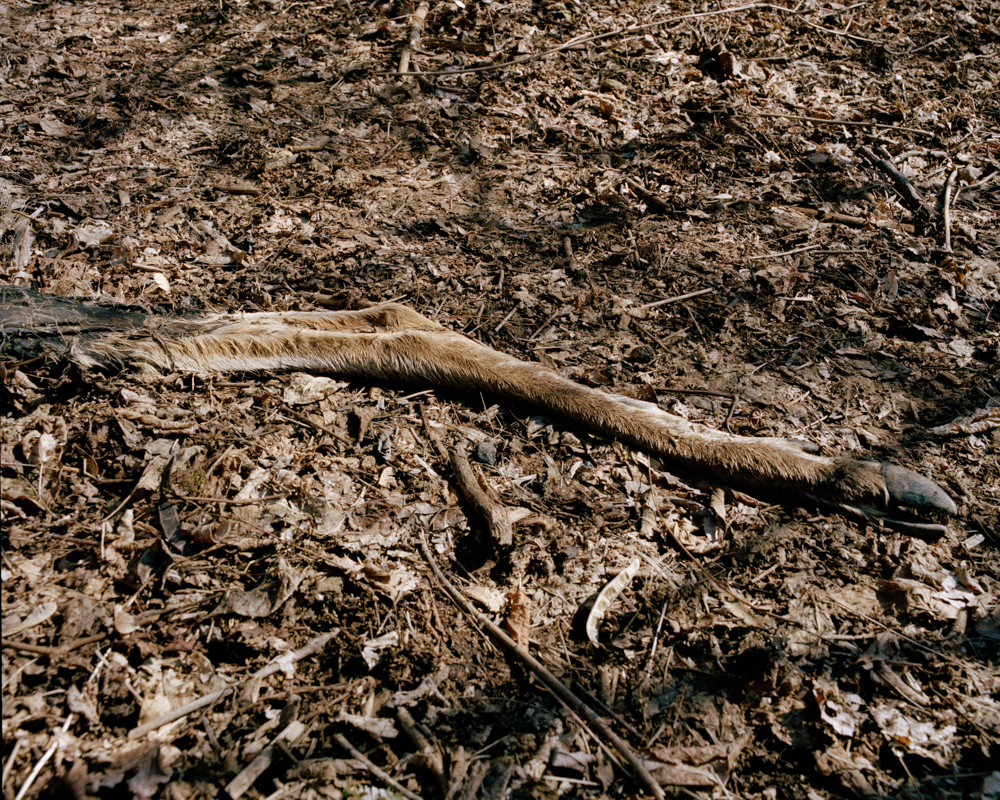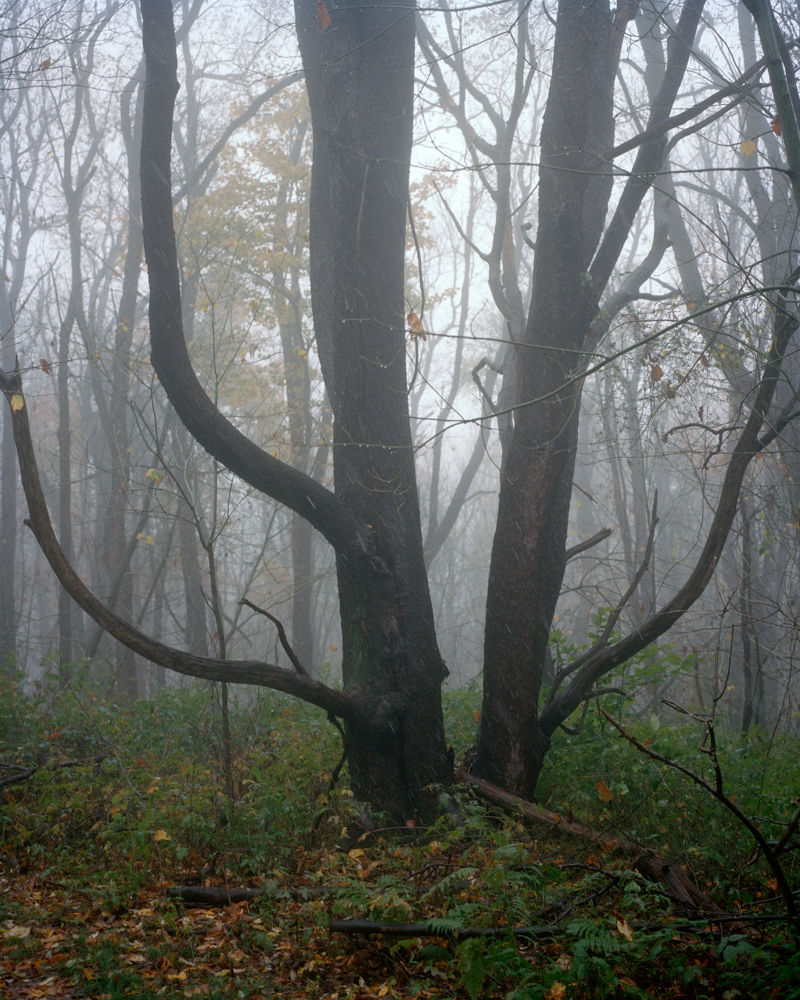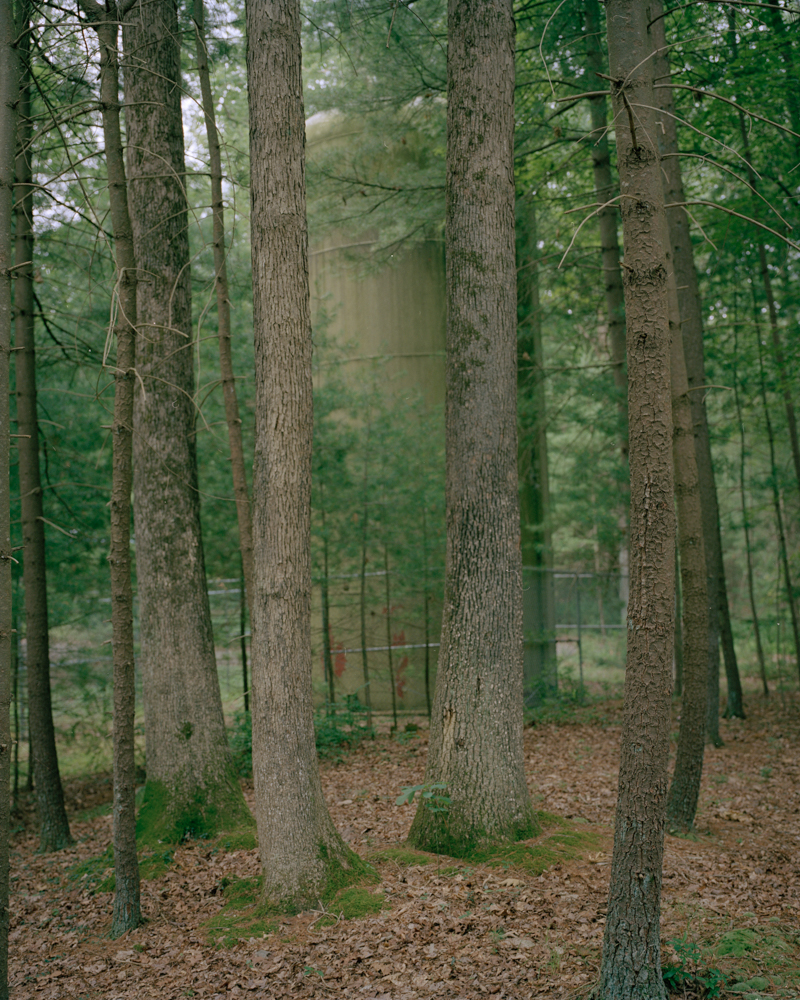Jake Reinhart: Where the Land Gives Way
Whenever I see photography on Appalachia it always seems unreal to me. A region that is entirely apart of the greater United States is seemingly removed, defined by its own culture, and vibrates a specific feel. I don’t know if I can explain this feel, and maybe it is not my place to even attempt to. Jake Reinhart, a photographer from Pittsburgh, sees the physical landscape representational to the people that reside in it. His perspective is definitely on the outskirts as Pittsburgh is one of the few larger cities found in Appalachia, and is often disregarded in terms of identity because of its population and urban development. That notion shines through as Jake expresses interest in tradition and memory that is upheld by culture. Where the Land Gives Way is a sedated reflection on the changes within the region, and also the prevailing resistance in which these changes stand.
Deadbeat Club has published a zine of Where the Land Gives Way in an edition of 300 or a special edition of 30. Pick up a copy here.
Jake Reinhart is a photographer from Pittsburgh, Pennsylvania. He earned a B.A. in Sociology and a Juris Doctor from the University of Pittsburgh. Jake serves on the board of directors at the Silver Eye Center for Photography, and assisted the Magenta Foundation as their regional coordinator for the Pittsburgh Area. He is a recipient of a Pittsburgh Filmmakers Emerging Photographer award, and was a semi-finalist in the Philadelphia Print Center’s 89th Annual international Photography and Print competition. Jake has assisted photographers such as Zoe Strauss, Mark Neville and Tabitha Soren. He has exhibited his photos in Pittsburgh, Nashville and San Francisco. His latest ‘zine “Where the Land Gives Way” was published by Deadbeat Club in July of 2017.
Where the Land Gives Way
The woods behind my parents house had been undermined long before we lived there. Down near the creek there was a boarded up mine entrance. It looked too small to stand up inside, which confused me. We tied a rope to a branch that reached over the brown, orange water. We’d dare each other to swing across to the other side. A few years ago I decided to make a photo of this place, but the path was overgrown and I couldn’t see the creek.
It’s nearly impossible to escape nostalgia when you’re born into a region that is defined by what had been. The physical and cultural structures are built around the cycle of growth and decay, boom and bust, the fleeting moments of victory and the long wait in-between. The relationship of the past to the present is palpable.
The place where I live is changing. It always has been. There has never been a moment where something wasn’t growing or collapsing in on itself. Whether its the rivers that shaped the landscape, the organizations that govern, or the industries that employ the citizens; something is always in flux and progress only seems to be made through some form of destruction.
I’m captivated by my home and the reasons why people live here. In the physical landscape I see nature adapting to what is, while trying to hold onto what was. I believe this is a metaphor for the culture of this region. Photography allows me to explore the concept of memory and how its been influenced by this culture. Like the overgrown path to the creek, I’m attempting to reconcile my perception of the present through the influence of the memory of what had been. The memory gives way; eroded by the events that I’ve experienced. The process of growth and decay continues.
Posts on Lenscratch may not be reproduced without the permission of the Lenscratch staff and the photographer.
Recommended
-
Nathan Bolton in Conversation with Douglas BreaultJanuary 3rd, 2026
-
Salua Ares: Absense as FormNovember 29th, 2025
-
Ricardo Miguel Hernández: When the memory turns to dust and Beyond PainNovember 28th, 2025
-
Pamela Landau Connolly: Columbus DriveNovember 26th, 2025
















































































